
Moto X Style versus the Lumia 930
With a Snapdragon 808 chipset, 1/2.4" sensor and large f/2.0 aperture, plus phase detection auto-focussing, the Moto X Style camera would seem to have a slight edge on the 18-month-older Lumia 930 (and 1520), but there's the presence of OIS on the Windows Phone, plus more mature imaging algorithms. In short, pros and cons, meaning that this should be a battle royal.
Whatever, the outcome, from a Windows Phone perspective, I much prefer the Lumia Camera interface, and I love the way the Lumia Moments (/Photos Ad-in under Windows 10 Mobile) function lets auto-taken 4K video bursts be frame grabbed to 8MP in a very intuitive and surprisingly fast interface, while the Moto X Style and Android doesn't have anything comparable - you have to resort to a third party utility such as AndroVid.
Comparing the Moto X Style and Lumia 930/1520 cameras turned out to be relatively straightforward in that both produce 16MP photos in 16:9 format. Of course, the Lumia also/alternatively (depending on exact version of the Camera application and OS version, though this will be tightened up) produces a shareable 5MP version of each shot, and with oversampling to help this be 'purer', but I wanted to look here at the full resolution output (the default under Windows 10 Mobile Camera), because of the chance to compare like for like, pixel for pixel. Fight!
The crops below are all at 1:1 as usual. I've deliberately put in an emphasis on tricky subjects or conditions, to push the camera phones to the limit.
| Note that the interactive comparator below uses javascript and does need to load each pair of images. Please be patient while this page loads, if you see a pair of images above each other than you've either not waited long enough or your browser isn't capable enough! |
Test 1: Landscape, sunny, no HDR
My default test across suburban gardens, aiming at a roof with loads of detail and texture, in sunshine. Here's the overall scene, for context:
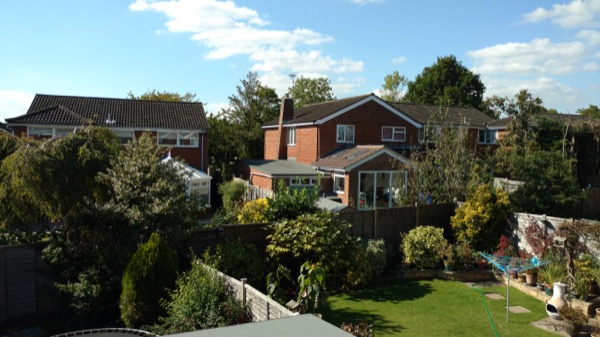
In case you want to grab the original images to do your own analysis, here they are, from the Lumia 930 and Motorola Moto X Style, click the links to download. And here are detailed 1:1 crops, just wait to make sure the page has fully loaded and then use your mouse or trackpad pointer to compare the images:
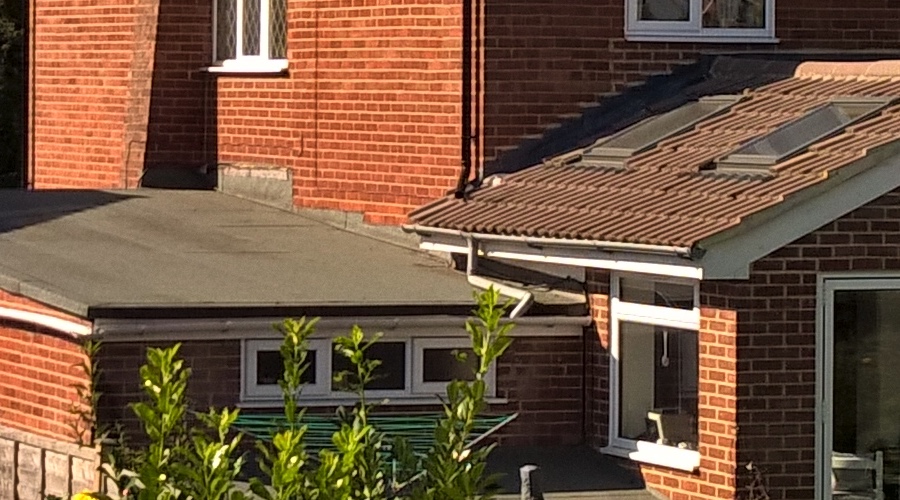
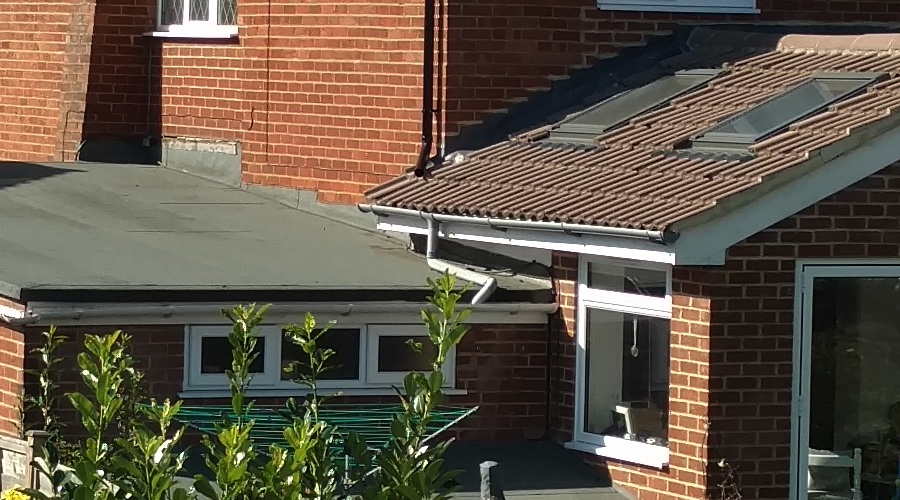
If there's any theme to this comparison, it's that there's a law of diminishing returns at work. For most conditions, for most subjects (as here), there's no appreciable difference in the photos captured. The Moto X Style's image does look more processed, though with truer colours, while the Lumia's looks more natural but with over-saturated colours. Honours even overall.
Test 2: Landscape, sunny, HDR allowed
The exact same scene and conditions, but this time turning on HDR ('Rich Capture' in Lumia parlance), i.e using an image composited from a number of auto-bracketed shots. Here's the overall HDR scene, for context:
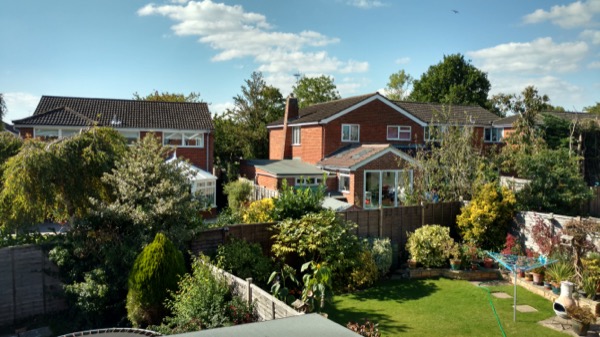
In case you want to grab the original images to do your own analysis, here they are, from the Lumia 930 and Motorola Moto X Style, click the links to download. And here are detailed 1:1 crops, just wait to make sure the page has fully loaded and then use your mouse or trackpad pointer to compare the images:

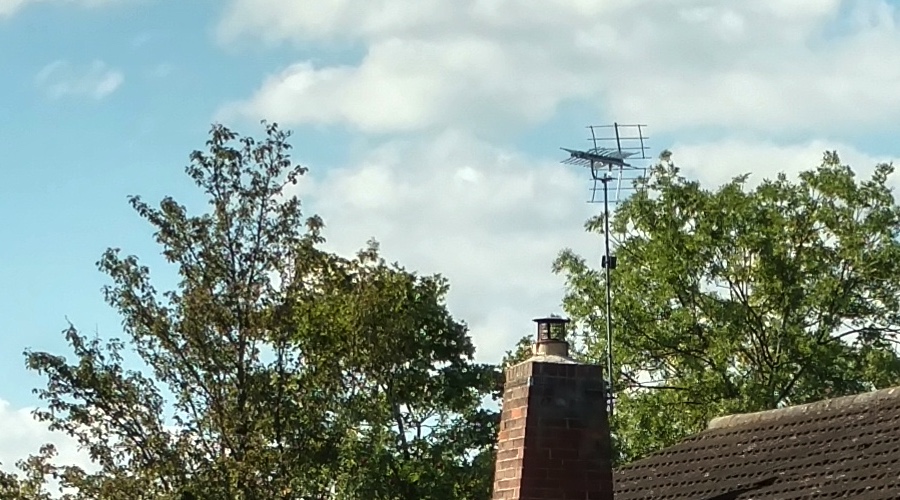
The same remarks apply to the non-HDR scene - the Lumia's image is more natural, but not naturally 'sharp', whereas the Style's looks crisper but is somewhat artificial.
As ever, I'm going to have to push the lighting envelope in order to really start scoring points in either direction.
Test 3: Extreme HDR
Deliberately seeking out an extreme of lighting difference - bright sun and dark shade, here's the overall HDR scene, for context:

In case you want to grab the original images to do your own analysis, here they are, from the Lumia 930 and Motorola Moto X Style, click the links to download. And here are detailed 1:1 crops, just wait to make sure the page has fully loaded and then use your mouse or trackpad pointer to compare the images:
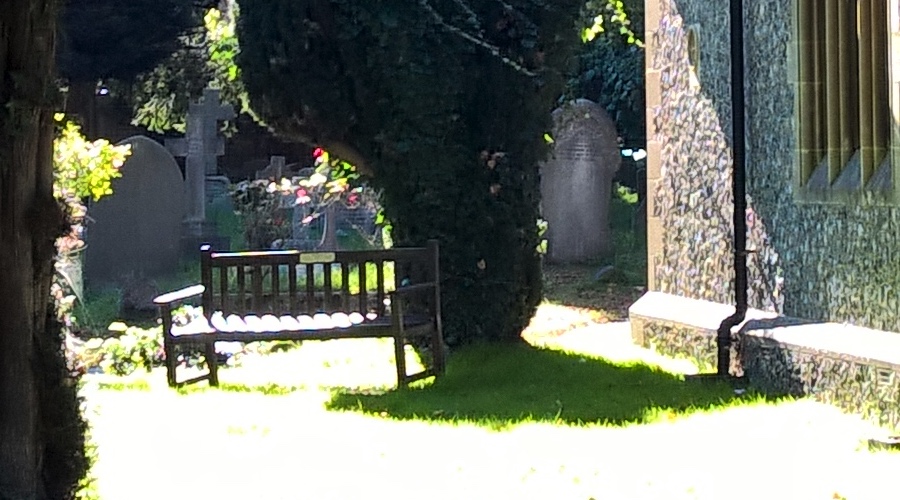
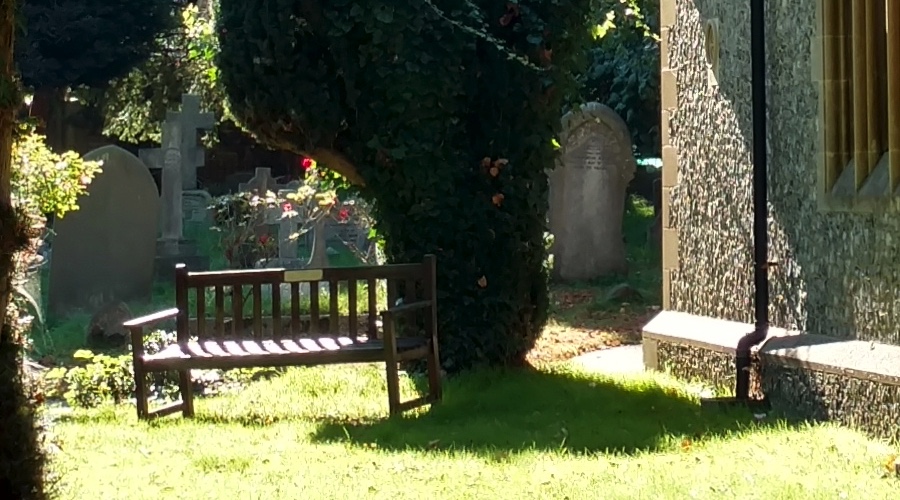
The faster chipset in the Moto X Style (a Snapdragon 808) probably helps a lot with HDR compositing, though I do feel the algorithms in Lumia Camera here on the 930 really let it down. The difference is dramatic. The new Lumias being announced next week have Snapdragon 808 and 810 chipsets, mind you, so I'll be very interested to see just how good a job they do with ultra-burst and bracketed shots like this one.
Test 4: Low light macro
Looking for a dim corner (dimmer than it looks in the photos), I selected one of my favourite DVD box sets and specifically focussed on Martin Sheen, the President. Here's the scene, for context:

Now, obviously, I'm photographing a printed item, in this case a DVD sleeve, i.e. something whose images are composed of tiny coloured dots - so what I'm looking for here is accuracy in showing these - we're not expecting perfect photos of the faces, etc.
In case you want to grab the original images to do your own analysis, here they are, from the Lumia 930 and Motorola Moto X Style, click the links to download. And here are detailed 1:1 crops, just wait to make sure the page has fully loaded and then use your mouse or trackpad pointer to compare the images:


The Nokia algorithms do a pretty good job of showing the dithered dots in the printed photo, while the Moto X Style's sharpening and noise reduction algorithms produce 'streaking' and small diagonals which really aren't there in the original DVD sleeve.
Test 5: Low light still life
A typical indoor still life. I won't try and do my moving-person 'party shot' test, because both phones would produce blurring - there's simply no point. Here's the still life scene, for context:
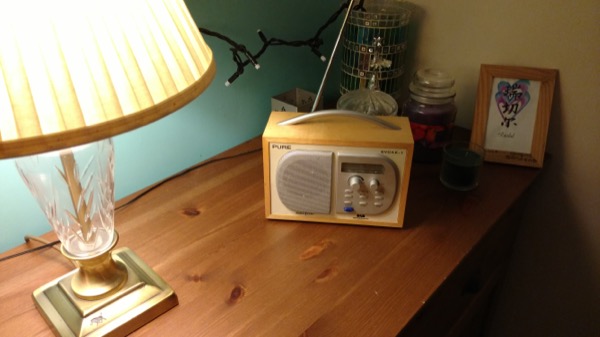
In case you want to grab the original images to do your own analysis, here they are, from the Lumia 930 and Motorola Moto X Style, click the links to download. And here are detailed 1:1 crops, just wait to make sure the page has fully loaded and then use your mouse or trackpad pointer to compare the images:
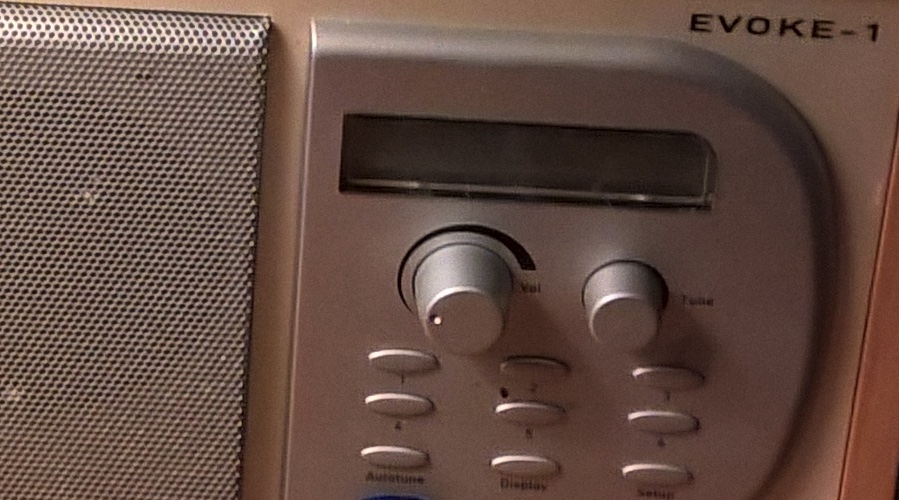
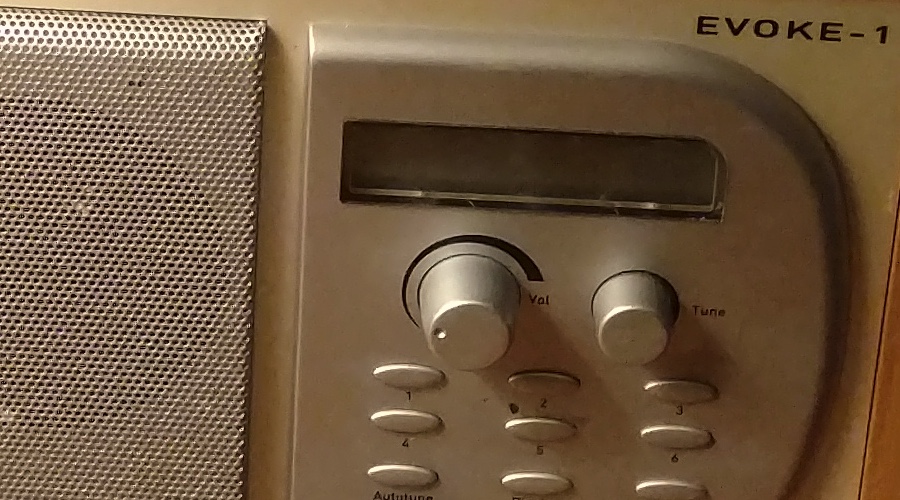
The Moto X Style photo looks sharper - and it is, but honours even overall, since what you're seeing is the result of noise reduction and then artificial sharpening, whereas the Lumia 930 image is more as-is. What's fascinating though is that the Moto X Style shot was 1/30s - any longer and hand movement would have caused blurring, yet the result is still pretty good, thanks to the sensitivity of the 2015 sensor used. While the Lumia 930's OIS meant that the shot was taken over 1/10s, three times as long, yet there's still plenty of noise down at the pixel level.
Which speaks well of the capabilities of the imminent Lumia 950 and 950 XL, both with OIS and a 2015 sensor. Will these devices topple the mighty LG G4? I think they just might.
Test 6: Night time
The Moto X Style includes a special 'night' mode, used here - combining pixels, PureView-style, outputting at 4MP. Here's the still life scene, for context:
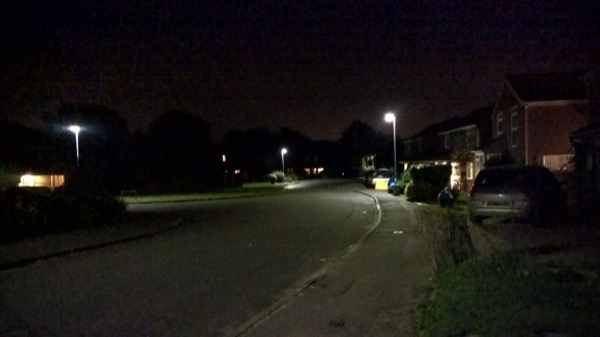
In case you want to grab the original images to do your own analysis, here they are, from the Lumia 930 and Motorola Moto X Style, click the links to download. And here are detailed 1:1 crops, from the 4MP image in the Moto's case, and from a rescaled version in the Lumia's, to match the framing. Just wait to make sure the page has fully loaded and then use your mouse or trackpad pointer to compare the images:
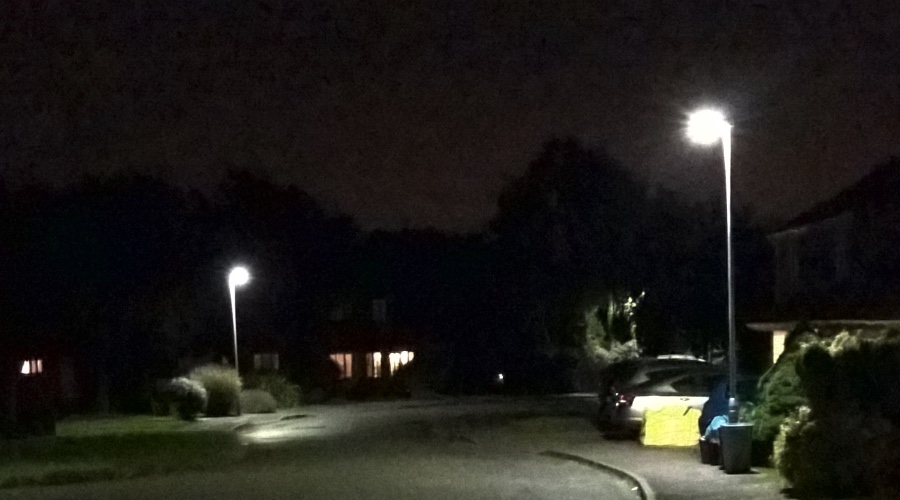
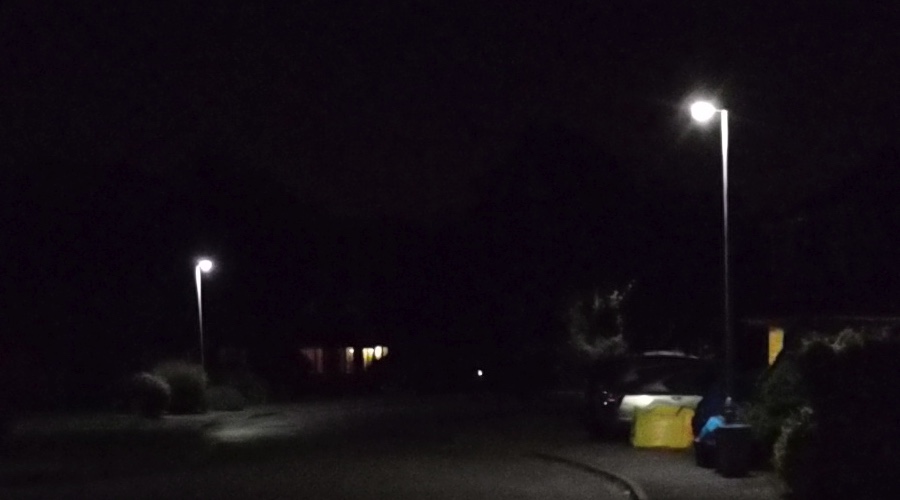
Despite the 'night' mode downsampling trickery in the Moto X Style (a common feature in the Android world), the physical OIS in the Lumia 930 makes a world of difference, enabling the shutter to be open for twice as long and with no movement in that period, outputting at full resolution. A clear win for the Lumia, and even more when you consider that in practice you'd probably be using the 5MP oversampled version (which would be even 'purer').
Verdict
There's clearly not that much in it with top tier, or even upper middle-tier smartphones these days - for umpteenth time I find myself pondering the day when I can stop producing camera head-to-head articles because all phone cameras do a great job in all light conditions. We haven't quite got there yet, though the Moto X Style from the Android world does a pretty good job - the virtually two year old Lumia 930 still has it beat.
Next week then - the 950 and 950 XL look to build up on the basic PureView idea, on the OIS and algorithms, mate these up with a 2015 sensor and produce phones with the best cameras in the world. Well, that's the theory anyway - I'll be here to test them shortly afterwards on AAWP.
PS. What of the 1020, not mentioned above? Yet again, that's a special case, though I've got an editorial coming up next week in which I declare both LED AND Xenon flash obsolete. Watch this space!
